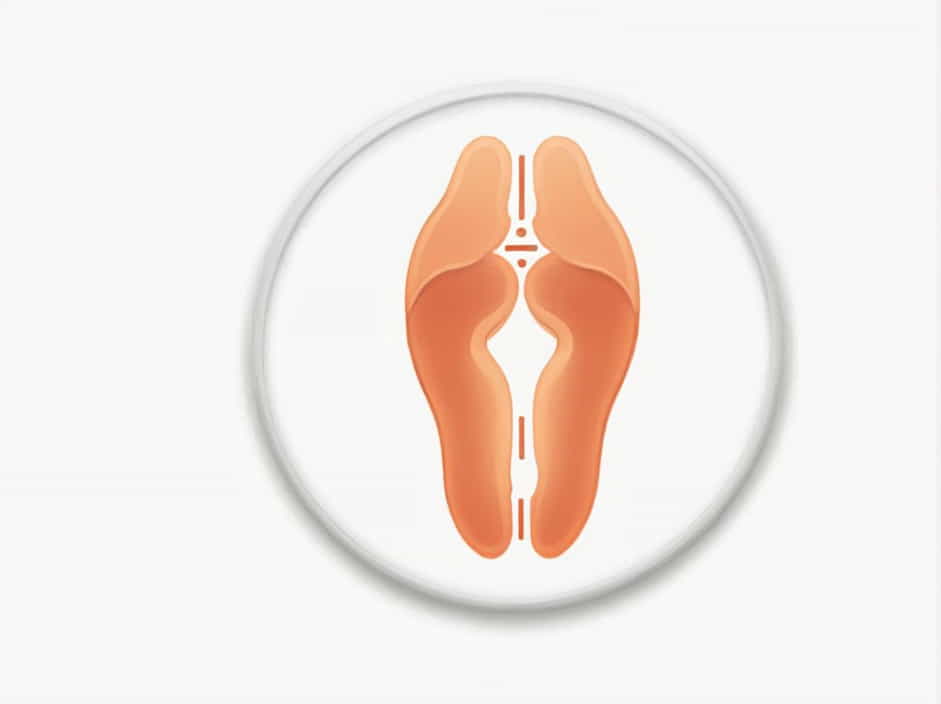The cecum is an important structure in the digestive system, specifically in the large intestine. It plays a role in processing food, absorbing fluids, and hosting beneficial bacteria. While small in humans, it is much larger in some herbivorous animals.
This topic explains the function, location, and significance of the cecum in human anatomy and compares it to other species.
1. What Is the Cecum?
The cecum (also spelled caecum) is a pouch-like structure located at the beginning of the large intestine, where the small intestine connects to the colon. It acts as a transition area for digested food and contains bacteria that assist in breaking down complex carbohydrates.
✔ Shape: A sac-like structure.
✔ Location: Lower right abdomen.
✔ Connection: Links the small intestine (ileum) to the large intestine.
2. Function of the Cecum
Although the human cecum is relatively small compared to other animals, it has several important functions:
1. Absorption of Fluids and Salts
✔ The cecum helps absorb water and electrolytes from digested food before it moves into the colon.
✔ This process prevents dehydration and helps maintain fluid balance.
2. Bacterial Fermentation
✔ The cecum contains gut bacteria that aid in digesting plant fibers and producing vitamins.
✔ Beneficial bacteria in the cecum help with fermentation, though this function is more prominent in herbivores.
3. Immune System Support
✔ The cecum, along with the appendix, is believed to play a role in gut immunity by harboring beneficial bacteria.
✔ It may help restore gut flora after infections.
3. Location and Structure of the Cecum
Where Is the Cecum Located?
✔ The cecum is found in the lower right quadrant of the abdomen.
✔ It lies below the ileocecal valve, which controls the passage of digested food from the small intestine.
Anatomy of the Cecum
✔ Ileocecal Valve: Prevents backflow of material from the large intestine.
✔ Appendix: A small tube-like structure attached to the cecum, believed to have immune functions.
✔ Connection to the Colon: The cecum leads into the ascending colon, where further digestion occurs.
4. The Role of the Cecum in Different Animals
The function and size of the cecum vary significantly among different species:
Humans and Carnivores
✔ The human cecum is small and mainly functions in fluid absorption.
✔ In carnivores, the cecum is even smaller because their diet lacks plant fibers.
Herbivores (e.g., Rabbits, Horses, Cows)
✔ The cecum is large and plays a major role in digesting plant material.
✔ In animals like horses, the cecum ferments fiber and extracts nutrients.
Ruminants (e.g., Cows, Sheep)
✔ These animals rely on foregut fermentation, so their cecum is less developed compared to hindgut fermenters like horses.
5. Common Disorders of the Cecum
Several medical conditions can affect the cecum, leading to digestive issues:
1. Cecal Volvulus (Twisting of the Cecum)
✔ A rare but serious condition where the cecum twists, cutting off blood flow.
✔ Symptoms include severe abdominal pain, bloating, and vomiting.
2. Appendicitis
✔ The appendix, which is attached to the cecum, can become inflamed.
✔ Symptoms: Right lower abdominal pain, fever, nausea.
✔ Treatment: Often requires surgical removal.
3. Cecal Cancer
✔ A type of colorectal cancer that starts in the cecum.
✔ Symptoms include blood in stool, unexplained weight loss, and changes in bowel habits.
4. Infections and Inflammation
✔ The cecum can become inflamed due to bacterial infections or inflammatory bowel diseases like Crohn’s disease.
✔ Symptoms may include diarrhea, pain, and bloating.
6. How to Maintain Cecal Health
Keeping the cecum and digestive system healthy requires a balanced diet and good lifestyle habits:
1. Eat Fiber-Rich Foods
✔ Whole grains, fruits, and vegetables promote healthy gut bacteria and digestion.
2. Stay Hydrated
✔ Drinking plenty of water helps with fluid absorption and prevents constipation.
3. Probiotics and Prebiotics
✔ Probiotics (like yogurt and fermented foods) encourage beneficial gut bacteria.
✔ Prebiotics (like garlic and onions) feed good bacteria.
4. Regular Exercise
✔ Physical activity stimulates healthy digestion and prevents sluggish bowel movements.
5. Avoid Processed Foods
✔ High-fat and low-fiber diets can slow digestion and lead to gut problems.
7. Does the Cecum Have a Purpose in Humans Today?
While the human cecum is not as large or essential as in herbivores, it still serves important roles in digestion and gut health. Some scientists believe that over time, human evolution has made the cecum less critical due to changes in diet.
However, its functions in absorbing fluids, supporting gut bacteria, and aiding the immune system suggest that the cecum is still valuable to overall health.
The cecum is a small but important structure in the digestive system. While its role in humans is more limited than in herbivores, it still contributes to fluid absorption, bacterial fermentation, and gut health.
Maintaining a high-fiber diet, staying hydrated, and leading an active lifestyle can support cecal and digestive health. Understanding the cecum’s function also helps in recognizing potential digestive issues and seeking proper medical care when necessary.
